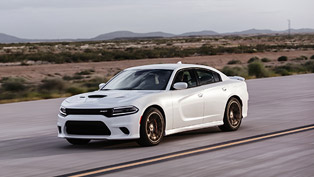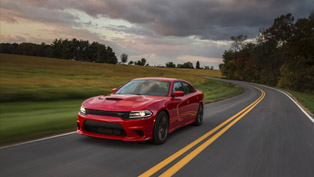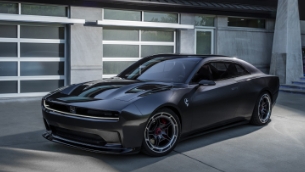2015 Dodge Charger SRT Hellcat - 707HP and 880Nm
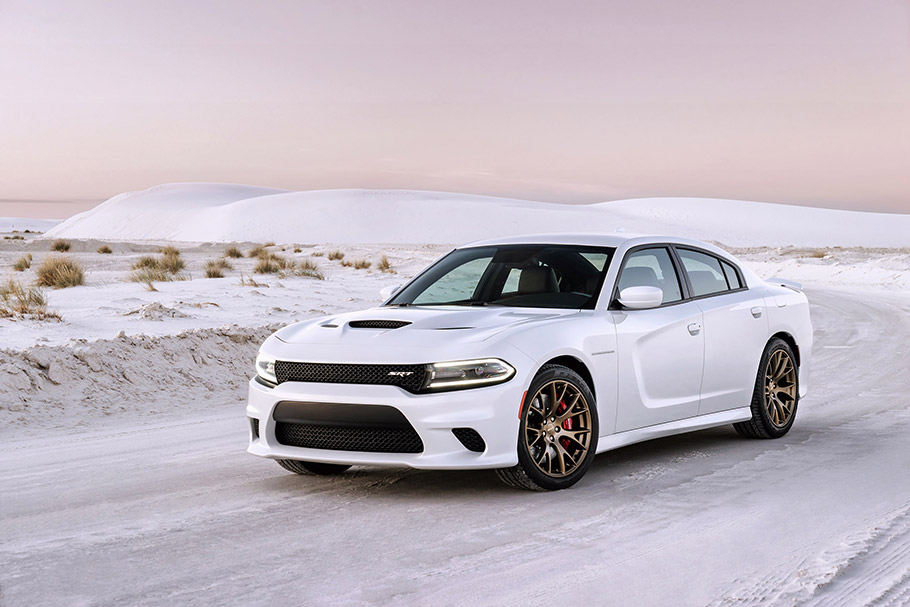
Nowadays, all car manufacturers are competing to introduce more fuel efficient cars – plug-in hybrids, all-electric and even hybrid hyper vehicles like McLaren P1 and Porsche 918. No. Dodge has introduced worlds quickest, fastest and most powerful production sedan – Charger SRT Hellcat.
The engine is taken from the Challenger SRT Hellcat – a 6.2 liter supercharged V8 – 707HP (527 kW) and 880Nm (650 lb-ft) of torque. It is connected to an 8-speed automatic gearbox sending all that power to the rear wheels. ¼ mile is covered in just 11.0 seconds and the top speed is whopping 328 km/h (204 mph); 0-160-0 km/h in less than 13.0 seconds.
There are five driving modes:
- Custom — Allows the driver to personalize the vehicle's performance
- Sport — Delivers increased vehicle performance capability over the Default Mode
- Track — Delivers maximum vehicle performance capability on smooth, dry surfaces
- Default — Activates automatically when starting the vehicle
- Eco — Maximizes fuel economy with a revised shift schedule, pedal map and second-gear starts
The exterior boasts an aggressive design featuring modified front fascia, a new front grille and LED-infused headlights. There is also a power-bulge aluminum hood with a CAI (cold air intake) and heat extractors. Other highlights include a new rear bumper, lip spoiler for the trunk, dual sports exhaust system and a set of enormous 20" alloy wheels fitted with Pirelli P Zero high-performance tires.
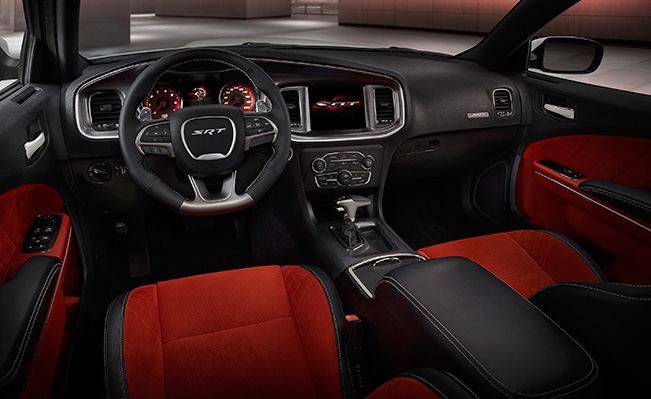
The interior features a new sport steering wheel with flat bottom, heated and vented sport seats upholstered in Nappa leather and Alcantara. There is also a digital instrument cluster, impressive 900 watts 18-speaker HK (Harman Kardon) premium audio system and Uconnect infotainment system with an 8.4" touchscreen display.
Last, but not least is the largest front-brake system ever fitted in a Chrysler Group vehicle – 390mm (15.4") Brembo two-piece rotors with 6-piston calipers. It ensures ultimate stopping power and outstanding heat management and thermal capacity and longevity.
Source: Dodge
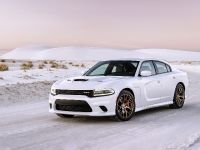
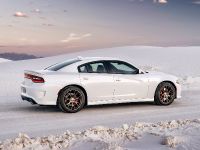

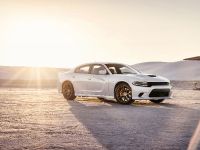

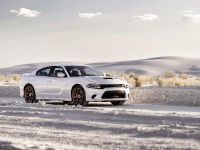

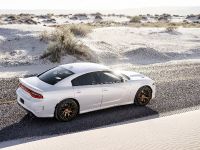
![Dodge Charger Make Fun of Volkswagen Passat [videos]](http://www.automobilesreview.com/uploads/2014/08/2015-Dodge-Charger-b.jpg)
